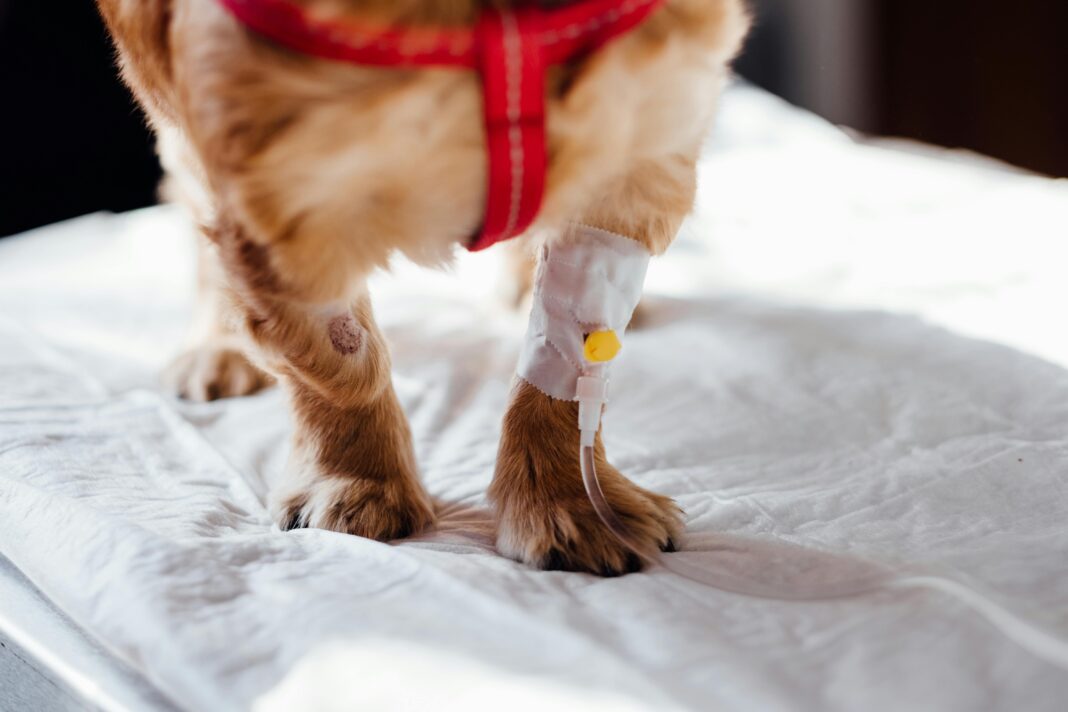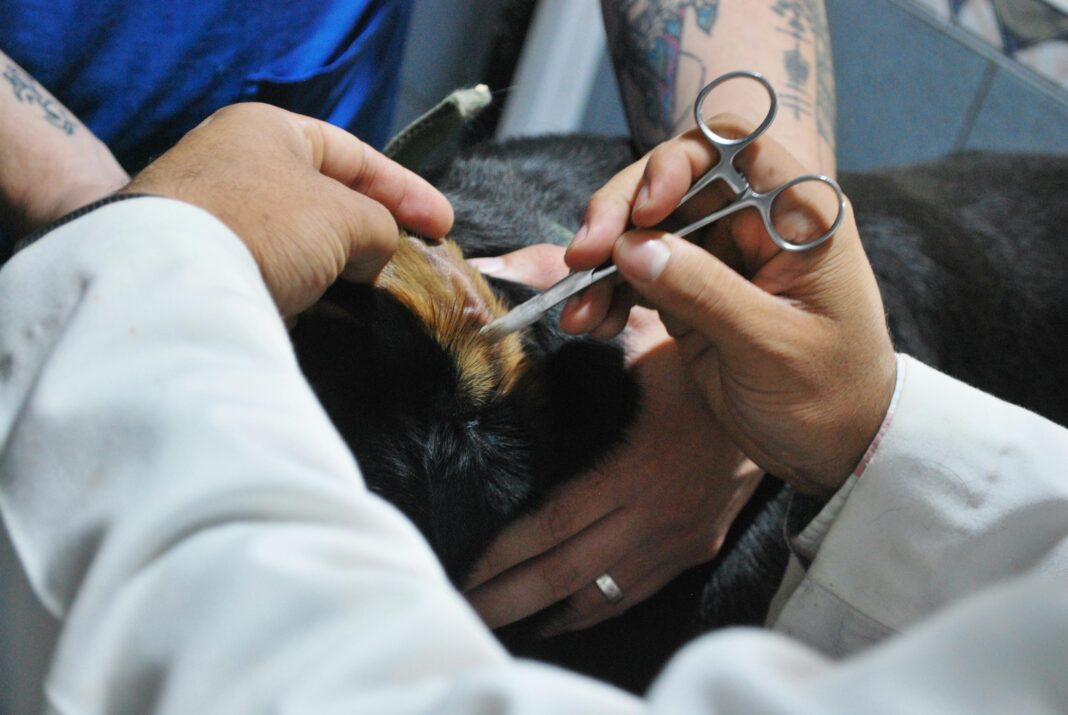Fluid therapy is a critical component of veterinary medicine, playing a vital role in the management of various health conditions in pets. As a pet owner, understanding fluid therapy can empower you to make informed decisions about your pet’s care. This article will explore the causes, symptoms, diagnosis, treatment, and prevention of conditions requiring fluid therapy, providing you with practical insights along the way.
Understanding Fluid Therapy
Fluid therapy involves the administration of fluids to replenish lost body fluids, correct electrolyte imbalances, and support various bodily functions. This technique is commonly used in pets that are dehydrated, undergoing surgery, or experiencing certain illnesses.
Common Reasons for Fluid Therapy
- Dehydration: Pets can become dehydrated due to several factors, including:
- Heatstroke: Overheating can lead to rapid fluid loss.
- Vomiting and Diarrhea: Digestive disturbances often result in significant fluid loss.
- Illness: Conditions like diabetes or kidney disease can cause increased urination and fluid loss.
- Surgery: Surgical procedures often require fluid therapy before, during, and after the operation to ensure proper hydration and support recovery.
- Electrolyte Imbalance: Conditions like renal failure can disrupt the balance of electrolytes in the body, necessitating prompt treatment through fluid administration.
Recognizing Symptoms of Dehydration
As a pet owner, knowing the signs of dehydration can help you act quickly. Here’s what to look for:
-
- Dry Gums: Healthy gums should be moist. If they feel dry or sticky, it could indicate dehydration.
-
- Lethargy: An unusually tired or inactive pet may be dehydrated.
-
- Loss of Skin Elasticity: Gently pinch the skin on the back of your pet’s neck; if it doesn’t snap back quickly, your pet may be dehydrated.
-
- Sunken Eyes: Sunken eyes can be a clear sign of fluid loss.
Diagnosing Dehydration and Need for Fluid Therapy
If you suspect your pet is dehydrated or in need of fluid therapy, it’s important to consult a veterinarian. The veterinarian may conduct:
-
- Physical Examination: Your vet will assess your pet’s hydration status, checking skin turgor, gum moisture, and overall appearance.
-
- Blood Tests: Blood work can help identify underlying health issues and electrolyte imbalances.
-
- Urinalysis: This test can assess kidney function and fluid loss through urination.
Administering Fluid Therapy
There are several methods for administering fluid therapy, each suitable for different situations:
- Oral Fluids: For mild cases of dehydration, giving your pet water or an electrolyte solution orally can be effective. Products like veterinary-recommended electrolyte solutions are often beneficial.
- Subcutaneous Fluids: This involves injecting fluids under the skin, which can be a convenient option for mild to moderate dehydration. It’s typically performed by a veterinarian, but some pet owners may be trained to administer these at home.
- Intravenous Fluids: In severe cases, IV fluids are administered directly into the bloodstream, allowing for rapid rehydration. This method is commonly used in emergency situations or during surgery.
Types of Fluids Used in Therapy
The type of fluid administered depends on the specific needs of your pet:
-
- Crystalloids: These are the most commonly used fluids in veterinary medicine and include solutions such as saline or lactated Ringer’s solution. They replace water and electrolytes effectively.
-
- Colloids: Used to treat hypoproteinemia (low protein levels in the blood), colloids help maintain oncotic pressure in the blood vessels.
-
- Dextrose Solutions: These are employed when your pet is experiencing hypoglycemia (low blood sugar) or requires additional energy.
Monitoring and Adjusting Treatment
Once fluid therapy is initiated, your veterinarian will continuously monitor your pet’s response. Important parameters include:
-
- Hydration Status: Frequent checks will ensure that your pet is responding well to treatment.
-
- Electrolyte Levels: Regular blood tests may be required to ensure that electrolytes are balanced.
-
- Kidney Function: Careful monitoring of kidney function is critical during fluid therapy to avoid complications.
Preventing Dehydration and the Need for Fluid Therapy
Prevention is key when it comes to avoiding dehydration in pets. Here are some practical tips:
-
- Ensure Access to Fresh Water: Always provide fresh and clean water, especially in warmer weather.
-
- Monitor Activity Levels: On hot days or during physical activities, keep a close eye on your pet’s hydration levels. Provide water breaks.
-
- Recognize Early Symptoms: Be vigilant about assessing your pet’s health regularly to catch early signs of dehydration.
-
- Regular Vet Check-Ups: Routine health check-ups can help catch underlying issues before they lead to dehydration.
Conclusion
Fluid therapy is an essential component in ensuring the well-being of pets, especially under circumstances that cause fluid loss. By understanding its significance and recognizing the signs and treatment options available, you can be a proactive advocate for your pet’s health. Always consult with your veterinarian regarding any concerns, and feel empowered with the knowledge to support your pet’s hydration needs effectively.





